Explore the structure of persuasive writing with this set of 15 posters.
Persuasive Writing Structure Visuals for the Classroom
To help your students grasp the structure and elements of persuasive texts for their writing, they must be explicitly taught the fundamental building blocks of the structure. A teacher has created these posters and the follow sets of posters are included in the download:
- 5 x posters detailing the contents of each paragraph in persuasive writing (introduction, three arguments, and conclusion) as well as some sentence starters.
- 2 x examples of persuasive writing split into the main structure headings.
- Dogs Make the Best Pets.
- Homework is Unnecessary.
Laminate and display these posters as a visual reminder to your students about what is needed in persuasive writing.
Understanding Structure = Positive Persuasive Writing
When students comprehend the structure of persuasive texts, they build a fundamental step toward achieving successful and impactful persuasive communication in the form of a written text. Students must grasp the organisation and arrangement of different elements within a compelling, persuasive text.
What is the Text Structure of Persuasive Writing?
Here’s a basic structure of a persuasive text that students can follow:
- First paragraph – state your opinion, tell the reader what your topic is and why, and capture the reader’s attention by using a rhetorical question.
- Second paragraph – argument 1, use a strong first argument and support your argument with examples and facts.
- Third paragraph – argument 2, state your second argument, and support your argument with examples and facts.
- Fourth paragram – state your final argument, and support your argument with examples and facts.
- Conclusion – sum up your opinions and arguments, and end with a final statement to help convince your reader.
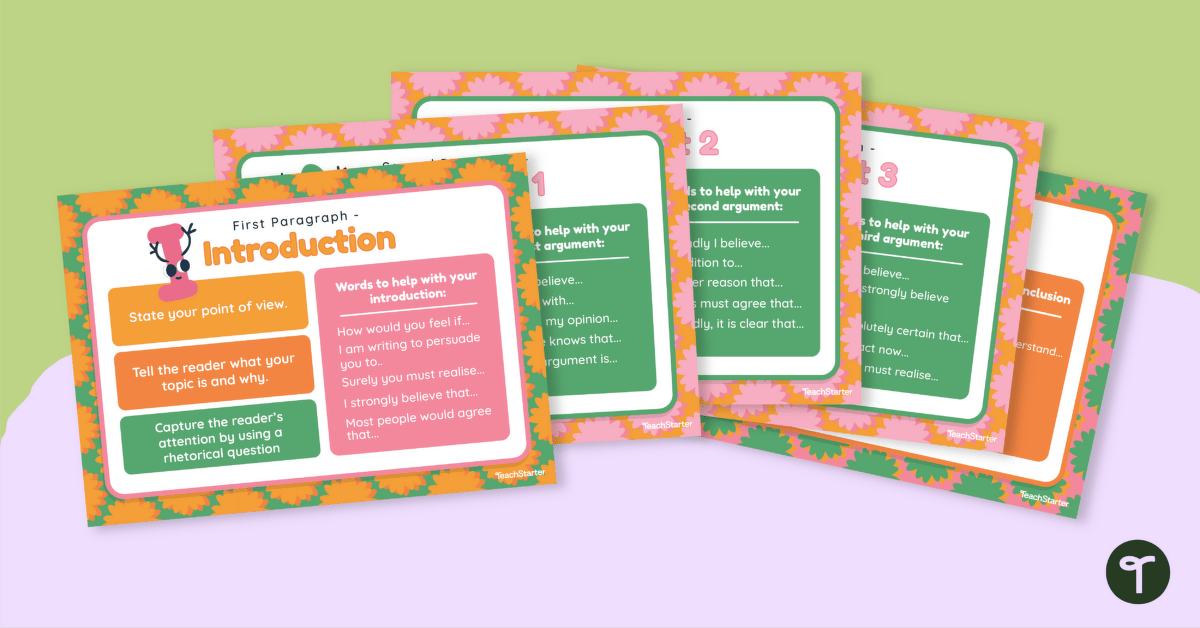


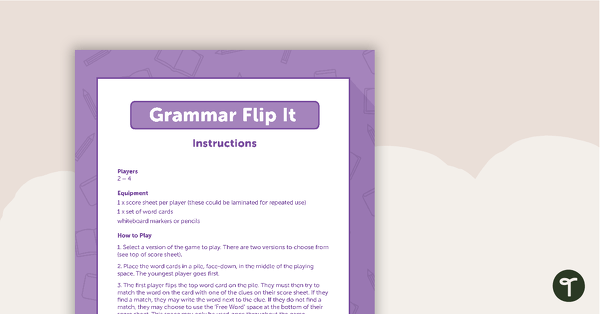

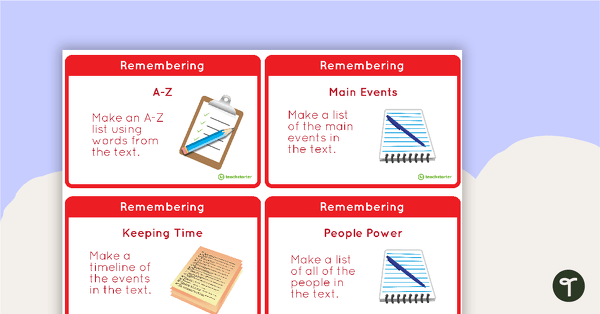
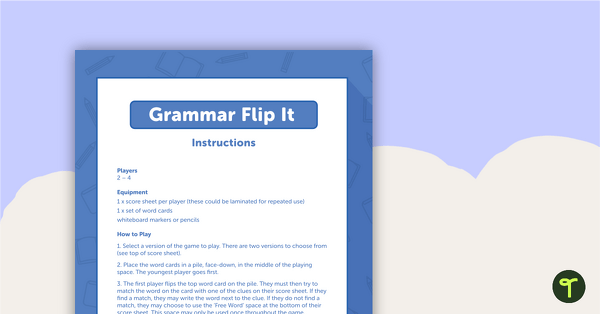


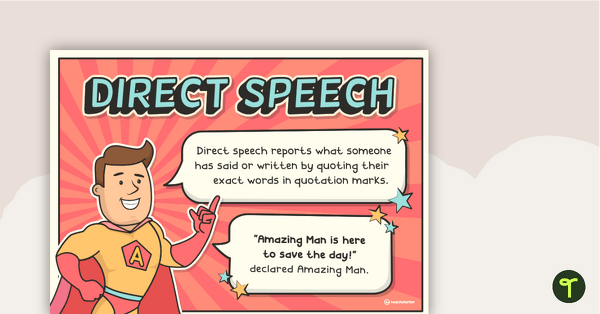
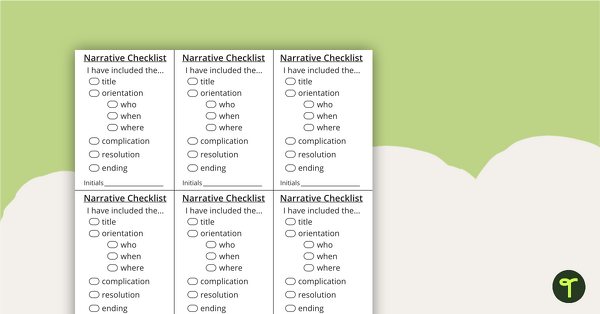

12 Comments
Write a review to help other teachers and parents like yourself. If you'd like to request a change to this resource, or report an error, select the corresponding tab above.
No comments yet.